
Jagannath Rath Yatra (Social Media)
India News: The grand Jagannath Rath Yatra kicked off today with immense fervor in Puri, Odisha, drawing millions of devotees from every corner of the country and abroad. This iconic Hindu festival marks the annual ceremonial journey of Lord Jagannath, along with his elder brother Lord Balabhadra and sister Devi Subhadra, from their abode at the revered Jagannath Temple to the Gundicha Temple, about three kilometers away. Enthusiastic pilgrims gather to witness and participate in this centuries-old tradition, which symbolizes divine outreach to all sections of society. As the giant wooden chariots roll through the streets of Puri, the atmosphere pulses with chants, drums, and spiritual devotion. The Rath Yatra isn’t just a festival—it’s a deeply emotional and religious experience for millions who await this sacred procession every year.
The Rath Yatra is among the oldest religious festivals in India, with origins tracing back to the 12th century. Every year, the deities are placed on gigantic wooden chariots and pulled through the streets by devotees. This journey symbolizes Lord Jagannath’s annual visit to his aunt's home, an event that blends devotion, mythology, and community celebration. The festival also reflects the idea that the divine is accessible to all, regardless of caste or status. Tourists and pilgrims from all over the world gather in Puri to witness this vibrant spectacle.
Three Chariots, Three Identities
Each deity rides in a separate chariot with unique names and features. Lord Jagannath travels in the 45-foot-tall Nandighosha, painted in yellow and red. Lord Balabhadra rides in Taladhwaja, a green-and-red chariot, while Subhadra journeys in Darpadalana, decorated in black and red. These chariots are rebuilt every year using neem wood, a ritual passed down over generations. Their vibrant design and precise construction showcase Odisha’s rich craftsmanship.
The massive chariots are pulled using three specially named ropes. The rope for Lord Jagannath is called Shankha, representing the conch. For Balabhadra, it's Vasuki, named after the mythical serpent. Subhadra’s chariot is drawn by Swarnachuda, symbolizing a golden crest. These ropes are more than tools—they’re considered holy, and touching them is believed to bring blessings. The pulling of chariots is a deeply emotional, communal act symbolizing humanity’s connection to the divine.
Before the chariots roll, the Gajapati King of Puri performs the ceremonial Chhera Pahanra, where he sweeps the chariot floors with a golden broom. This act of humility reflects the king's role as the Lord’s first servant, regardless of his royal stature. The ritual underscores the egalitarian ethos of the festival, where divinity and humanity come together. It also marks the official start of the procession, watched by lakhs in person and millions more on television.
The deities stay at Gundicha Temple for nine days before their return journey, known as Bahuda Yatra. The temple is cleaned and decorated in advance, awaiting the divine visitors. Devotees offer prayers, sweets, and flowers during this brief stay, making it another spiritual high point. The return procession is also celebrated with equal fervor, as the gods are brought back with music and rituals. It completes the sacred cycle of departure and homecoming.
Though rooted in Odisha, the Rath Yatra is now celebrated worldwide, with processions held in London, New York, and Melbourne. The International Society for Krishna Consciousness (ISKCON) plays a major role in organizing global events. These international versions mirror the original’s spirit with music, dancing, and community participation. Yet, Puri remains the heart of the celebration, where faith, tradition, and history merge. The global reach shows its universal message of devotion and inclusion.
The Rath Yatra is not just a religious event—it’s a cultural, spiritual, and emotional anchor for millions. It unites people beyond barriers of language, class, and belief. The synchronized movement of the chariots mirrors harmony in diversity. As traditions blend with modernity, this age-old journey continues to inspire. Every pull of the rope is a reaffirmation of hope, devotion, and belonging.
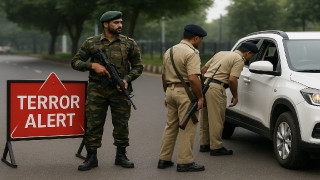
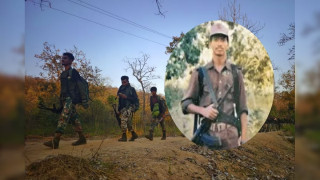
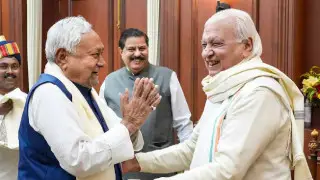
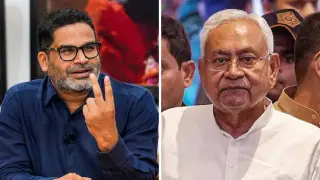
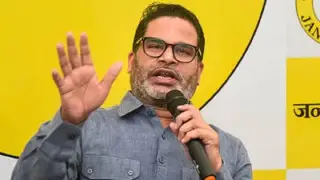








Copyright © 2025 Top Indian News
